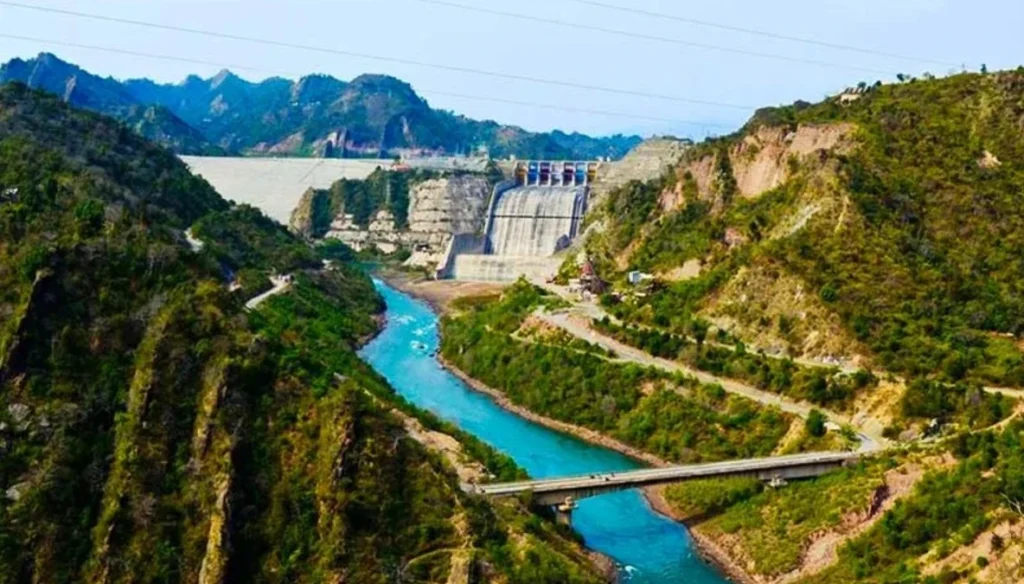“Discover Kathua District, known for its Sufi shrines, scenic landscapes, historical forts, and vibrant culture. A perfect blend of spirituality and natural beauty.”

Kathua District: A Glimpse into its Landscape and Culture
Nestled in the northernmost part of the Indian state of Jammu and Kashmir, Kathua District is a region of diverse landscapes, rich heritage, and cultural vibrancy. Spread across an area of approximately 2,651 square kilometers, this district is characterized by its unique blend of topography, history, and traditions.
Geographically, Kathua District offers a picturesque tableau that ranges from the fertile plains alongside the mighty Ravi River to the towering Shivalik hills that form its southern border. The district’s terrain supports a variety of agricultural activities, with crops like wheat, barley, maize, and sugarcane being cultivated on its fertile lands. The Ravi River not only irrigates these fields but also provides opportunities for fishing and supports a range of aquatic ecosystems.
The district’s history dates back to ancient times, with evidence of human settlements found in archaeological sites such as Kathua Fort. The fort, a prominent landmark, is a testament to the historical significance of the region. It has witnessed the rise and fall of various dynasties, contributing to the amalgamation of cultures that define Kathua today.
Culture in Kathua District is a reflection of its diverse population, comprising communities such as Dogras, Gujjars, Bakerwals, and Paharis. Each community brings its own set of traditions, languages, and festivals, creating a colorful mosaic of beliefs and practices. The district is known for its arts and crafts, including the production of the renowned Basohli paintings, which originated in the nearby Basohli town. These intricate paintings, known for their vibrant colors and unique style, are celebrated as a significant cultural contribution to the art world.
Religion plays a pivotal role in the lives of the people of Kathua District. The region is home to various religious sites that hold deep spiritual significance. The Ujh Bridge, for instance, has religious importance for the local Hindu community. The revered Mata Sundrikote Temple attracts pilgrims and tourists alike, showcasing the harmonious coexistence of faiths in the district.
The district’s economy is driven by agriculture, horticulture, and handicrafts. Additionally, the strategic location of Kathua District makes it a gateway to the neighboring states of Punjab and Himachal Pradesh. This has led to the development of trade and commerce activities, with the district acting as a crucial transit point.
In recent years, Kathua District has seen infrastructural improvements, including better road connectivity and the establishment of educational institutions. These developments aim to uplift the standard of living and provide opportunities for growth and advancement to the local population.
In conclusion, Kathua District stands as a microcosm of cultural diversity, historical significance, and economic potential. With its lush landscapes, historical sites, and varied communities, the district offers a glimpse into the tapestry of India’s rich heritage and vibrant present. As it continues to grow and evolve, Kathua District remains a testament to the unity in diversity that defines the nation.
Famous Places in Kathua District
Kathua District is home to a number of famous places that showcase its rich history, cultural heritage, and natural beauty. Some of the notable attractions include:
Kathua Fort: A historic landmark, the Kathua Fort dates back to the 8th century and has witnessed the rise and fall of various dynasties. The architecture reflects a mix of Mughal and Rajput influences, making it a fascinating site for history enthusiasts.
Basohli Town: Known for its vibrant Basohli paintings, this town is an artistic hub in the district. The intricate and colorful paintings are celebrated for their distinctive style and are a significant part of the region’s cultural heritage.
Ujh Bridge: Apart from its utilitarian significance, the Ujh Bridge holds religious importance for the local Hindu community. It’s a site of pilgrimage and religious rituals.
Mata Sundrikote Temple: This revered temple attracts pilgrims from far and wide. It’s a symbol of the district’s religious diversity and a place of devotion and spirituality.
Billawar Town: This town is famous for its ancient temples and archaeological sites. The temples hold architectural significance and offer insights into the region’s historical past.
Jasrota Wildlife Sanctuary: Nature enthusiasts will appreciate this sanctuary, which is home to diverse flora and fauna. The lush landscapes provide a habitat for various species of animals and birds.
Shahpur Kandi Fort: Located near the border of Punjab and Jammu and Kashmir, this fort offers panoramic views of the Ravi River and the surrounding landscapes. It’s a reminder of the strategic importance of the region.
Pangoli Village: This picturesque village is known for its stunning natural beauty and serene environment. It’s an ideal spot for those looking to immerse themselves in nature.
Nagri Parole: This area is famous for its beautiful gardens and orchards, showcasing the district’s agricultural prowess. The landscape is a visual treat, especially during the flowering season.
Lohai Malhar: An ancient temple dedicated to Lord Shiva, Lohai Malhar is an important pilgrimage site and holds cultural and religious significance.
These famous places in Kathua District offer a glimpse into its diverse cultural tapestry, rich history, and the stunning natural landscapes that make it a captivating destination for travelers and explorers. Whether you’re interested in history, art, spirituality, or nature, the district has something to offer for every kind of visitor.
Read More :-
